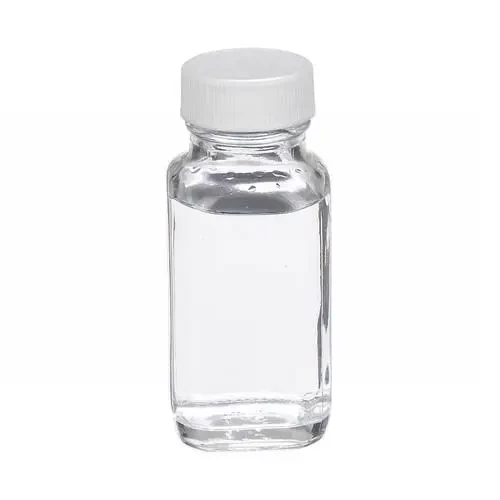Chemical Treatment for Water Purification
Water is an essential resource for life, playing a crucial role in human health, agricultural production, and industrial processes. Unfortunately, water sources around the world are often contaminated with various pollutants from domestic, agricultural, and industrial activities. To ensure that this vital resource is safe for consumption and ecological sustainability, effective water purification methods must be employed. One of the most widely used methods for treating contaminated water is chemical treatment.
Chemical treatment for water purification involves the use of chemicals to remove impurities and pathogens from water. This process often includes several key stages, each designed to target specific contaminants. These stages typically include coagulation and flocculation, sedimentation, disinfection, and sometimes, advanced oxidation processes.
Coagulation and Flocculation
The first step in the chemical treatment process is coagulation, where chemicals known as coagulants are added to the water. Common coagulants include aluminum sulfate and ferric chloride, which help to neutralize the charges of suspended particles in the water. When these particles collide, they form larger aggregates known as flocs during the subsequent flocculation stage, which is usually achieved through gentle stirring. This larger particulate matter can be more easily removed during later treatment stages.
Sedimentation
Following coagulation and flocculation, the water is allowed to sit in a sedimentation basin. During this stage, the heavy flocs settle to the bottom, forming a sludge layer. This process may take several hours, depending on the size and density of the flocs formed. Once settled, the clear water on top can be drawn off for further treatment, leaving the sludge behind for appropriate disposal or further processing.
chemical treatment for water purification

Disinfection
After sedimentation, the next critical stage in water purification is disinfection. This process eliminates pathogenic microorganisms that may still linger in the water. Common disinfection methods include chlorination, ozonation, and ultraviolet (UV) light treatment. Chlorination is one of the most common methods, where chlorine is added to the water to kill bacteria, viruses, and parasites. While effective, chlorination must be carefully managed to avoid the formation of harmful by-products, such as trihalomethanes.
Ozonation, on the other hand, utilizes ozone gas, a powerful oxidizing agent, to disinfect water. Ozone effectively inactivates microorganisms and decomposes organic compounds, providing a higher level of disinfection compared to chlorine. However, ozone must be generated on-site and has a relatively short lifespan, meaning immediate use is necessary. UV light disinfection involves exposing water to ultraviolet rays, which penetrate microorganisms and disrupt their DNA, rendering them harmless.
Advanced Oxidation Processes
In situations where traditional chemical treatments may not suffice—particularly in the presence of complex organic pollutants—advanced oxidation processes (AOPs) may be employed. AOPs generate strong oxidants, such as hydroxyl radicals, which can effectively degrade a wide range of organic contaminants. Techniques such as Fenton’s reagent (a combination of hydrogen peroxide and ferrous iron), photocatalysis, and ozonation coupled with hydrogen peroxide fall under this category. These methods are particularly useful in industrial wastewater treatment, where the pollution load is often more challenging.
Conclusion
Chemical treatment for water purification is a multifaceted approach that employs various chemical processes to ensure safe drinking water and protect public health. While traditional methods such as coagulation, sedimentation, and disinfection remain the backbone of water treatment plants, advancements in technology are paving the way for more efficient and effective purification processes. As the global demand for clean water continues to rise, it is crucial to invest in and innovate these treatment methods, safeguarding not only the health of the population but also the planet's ecosystems for generations to come. The combination of reliable chemical treatment methods and ongoing research will continue to play an essential role in overcoming water challenges faced worldwide.

